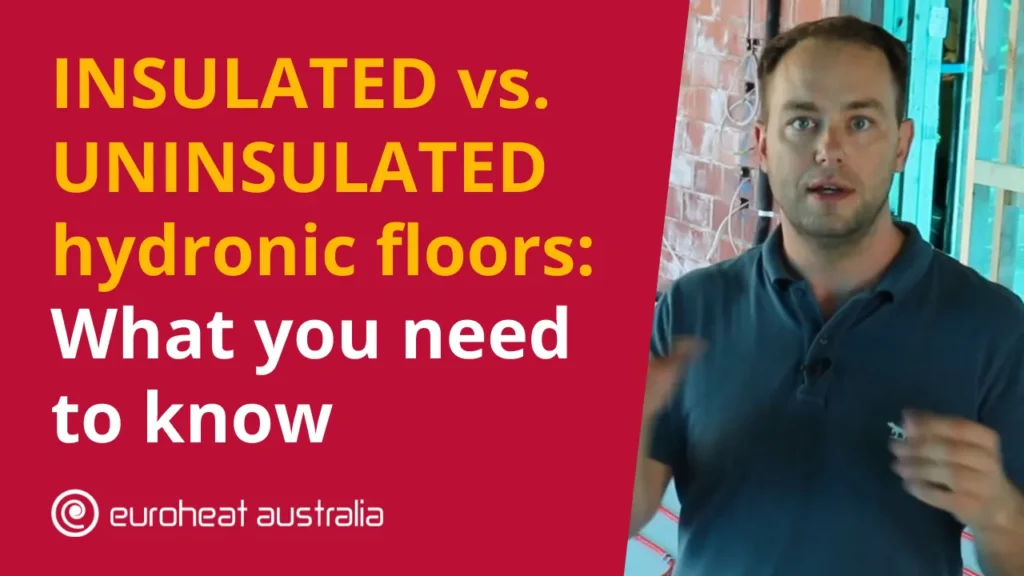When it comes to home heating and cooling, there are a few options available for Australian homeowners. Underfloor heating cabling is one of the most popular and efficient ways to keep your house warm in the winter and cool in the summer. But what are the different types of underfloor heating cabling available?
The most common type of underfloor heating cabling is hydronic floor heating. Hydronic floor heating uses a system of pipes filled with hot water to heat your floors and rooms. The pipes are connected to a boiler or heat pump, which transfers energy into the water. This warm water is then circulated through the pipes, transferring heat into your home’s floors and walls. The advantages of hydronic floor heating include greater energy efficiency, reduced installation costs, and even temperature control in each room.
Another type of underfloor heating cabling is electric floor heating. Electric floor heating works by placing special cables beneath your floors that transfer electricity into the surrounding area. This electricity then heats up the flooring material, providing you with warmth and comfort during cold winter months. Electric floor heating is relatively easy to install and can be used in both new homes as well as renovations due to its low profile nature.
Radiant ceiling panels are another type of underfloor heating cabling available for Australian homes. Radiant ceiling panels are made from a highly reflective material that transfers heat from their surface directly into your home’s atmosphere. This method can be used both as an efficient primary heat source or as an additional supplementary source for existing hydronic or electric systems. Radiant ceiling panels are particularly useful for large open spaces like living rooms and halls where traditional methods may not be able to provide enough warmth or coverage needed for comfort levels throughout all areas of the room.
Finally, another type of underfloor heating cabling available in Australia is infrared radiant flooring systems. Infrared radiant flooring systems work by radiating infrared waves directly onto surfaces such as walls, furniture or carpets during cold weather months which transfers heat from those surfaces directly into your home’s atmosphere without having to use expensive electrical components or hot water pipes like with other methods mentioned above.. Infrared radiant systems can also be used as an additional supplementary source for existing hydronic or electric systems when extra warmth is needed during particularly cold days or nights without having to add more complex components onto existing systems which can save time, money and hassle when installing a new system at home!
If you’re looking for professional advice on which type of underfloor heating cabling would best suit your needs then Euroheat Australia should be your first port-of-call! Euroheat Australia have been designing & constructing hydronic heating & cooling systems with 30 years experience so you know you will get expert advice that won’t cost you an arm & a leg! So don’t wait any longer – contact Euroheat Australia today so you too can enjoy all the benefits offered by investing in quality hydronic & electric underfloor heating solutions!





